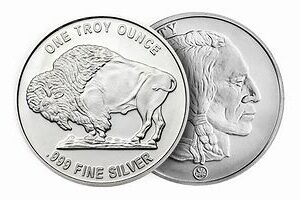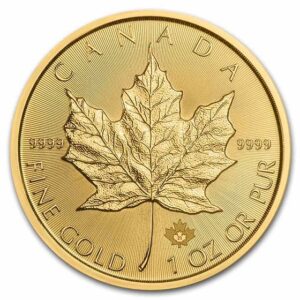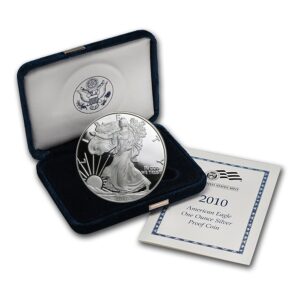Description
$10 Indian Head Gold Eagle Coin MS-62
NGC
It’s a coin that proved problematic to produce, but was all the more beautiful for the time it took to bring into being. But what’s the whole story behind the $10 Indian Gold Eagle? President Theodore Roosevelt felt that American coins were uninspiring and run of the mill. He was determined to produce American coins which had artistic merit, like the high relief coins of ancient Greece that he so greatly admired. So Roosevelt was instrumental in ensuring leading sculptor August Saint-Gaudens was commissioned to come up with new coin designs – designs which were to be utilized in the $10 Indian Gold Eagle Gold Eagle.
Saint-Gaudens depicted Liberty wearing an Indian headdress — again at the insistence of Roosevelt — who felt such an adornment “was distinctly American and very picturesque.” It was a decision which was to cause outrage amongst numismatic historians for being “absurd” and historically inaccurate – yet what mythical figure is historically accurate? Whatever your view, it’s certainly a coin which strikes a fresh and distinctive note from those American coins that went before it. Along with the eidiosyncratic portrait of Liberty, you’ll see 13 stars symbolic of the original states of the union above the headdress, while the year of issue is placed below the portrait. Your coin will be from a random and common year of issue, with a mint state of 62.
The reverse design features a left-facing bald eagle standing on arrows and an olive branch, representing that America is a peace loving country, but one prepared to defend itself. It’s a design which is evocative of the coins of the ancient Ptolemaic Kingdom. Curving around the top of the design is the country of issue UNITED STATES OF AMERICA, while to the right of the eagle is the phrase E PLURIBUS UNUM, which was taken from the great seal of the United States and means “Out of many, one.” The origins of this motto can be traced to Greek philosopher Heraclitus, who coined the phrase “The one is made up of all things, and all things issue from the one.” Variations of this phrase were then used in a number of contexts, before being recommended by Pierre Eugene du Simitiere for inclusion on the great seal in 1776. Below the bald eagle the denomination of TEN DOLLARS is positioned.
The motto “IN GOD WE TRUST” was not included in the original design of the coin, but was integrated into the design from 1908 onwards. Though Roosevelt may have felt it wasn’t seemly to mention God’s name on coinage, the public did not agree, and Congress swiftly passed a bill which meant the motto had to be included on all coinage. The design of this Gold Eagle is completed with raised stars around the edge of the coin. The $10 Indian Gold Eagle is struck from .900 fine gold, composed of 90 percent gold and 10 percent copper, with a weight of 16.7200g and a diameter of 27mm.
The Indian Gold Eagle was a coin that proved problematic to produce in the original high relief design intended, so modifications were made so that it was flatter and possible to produce in a single strike. When the motto was added in 1908, further modifications were made by Chief Engraver Charles E. Barber. Indian Gold Eagles were struck annually between 1907 and 1916, and then intermittently until 1933. However, Executive Order 1602 meant their production ceased altogether. It was a decision which was to bring to an end the production of eagles for public circulation which had first begun in 1795. Be a part of this grand tradition and treasure your very own $10 Indian Gold Eagle.
Overview of the Common Date $10 Indian Gold Eagle MS62:
? U.S. Mint
? Mint state of 62
? Metal: gold
? Fineness: 0.900
? 90% gold, 10% copper
? Weight: 16.7200g
? Designer: Augustus Saint-Gaudens
? Year of issue: Random year















There are no reviews yet.